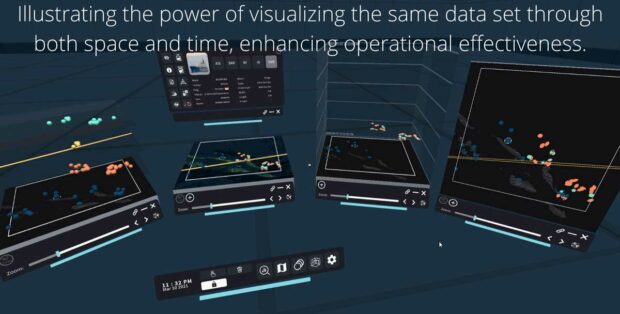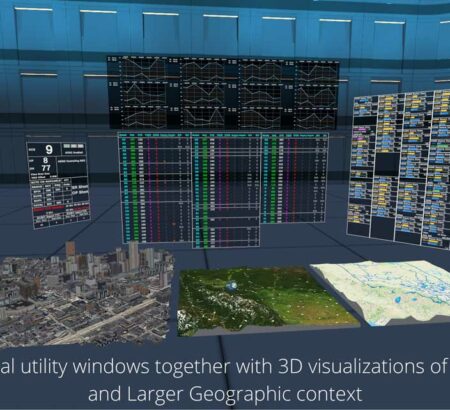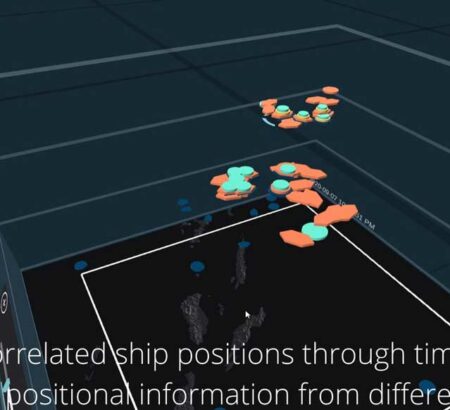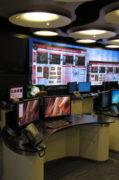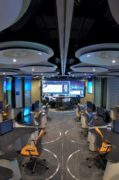Applying Extended Reality to Control Environments
Most technical advances happen iteratively. A new-generation jetliner is a bit more fuel-efficient than its predecessor. Your new PC processes data faster than the one you’re about to recycle. But every once in a while, circumstances align in such a way that evolution doesn’t just inch ahead, it leaps forward. “This is where we are with command and control facilities. The convergence of several key technological advances and societal trends is ushering in a new era of information management,” says Jeff LaFrenz of software developer VizworX.
He should know. His company has decades of experience designing next-generation industrial solutions, including mission control room interfaces. Together with audio visual and control room specialists Mechdyne Corporation, the two organizations can deliver comprehensive control room solutions for centralized, remote, and field operations.
To appreciate what’s about to happen, explains LaFrenz, “Consider first what HASN’T happened to command and control facilities over the last thirty-or-so years. Even as computing and communication technologies have been utterly transformed, the operational centers of our utilities, public safety facilities, and military look pretty much the same. They’re big rooms with lots of screens.
They’re still massively expensive to build, and as costly as ever to maintain – requiring regular technology overhauls that keep the screens lit, but do little to advance overall functionality.”
Most command centers still look like they did in movies from decades past because until now they’ve been bound by familiar constraints. Challenge number one: limitations of space. “There are only so many screens you can cram into an existing environment, and effectively sharing that information remotely can be equally challenging,” explains Chad Kickbush of Mechdyne.
“But where we really run into a wall,” adds LaFrenz, “is in our heads. Traditional command and control centers feed us information in a manner that our brains struggle to process.”
He’s referring to a phenomenon called “cognitive loading.” We see the world in 3D, and we process information most effectively in three dimensions. But most information relevant to command and control is delivered to us in 2D, via graphs, charts, and other data delivery formats. The time and energy we expend to “cognitively load” 2D information into a 3D brain creates fatigue and strain, slowing our ability to act on the information we’re receiving.
The events of the past few years add an element of urgency to the task of rethinking command and control. From travel restrictions to room capacity controls and individual health concerns, a host of factors can reduce the availability of needed experts. Consequently, remote participation is now an expected part of any solution. That fact only underscores the importance of transforming the way complex information is communicated.


